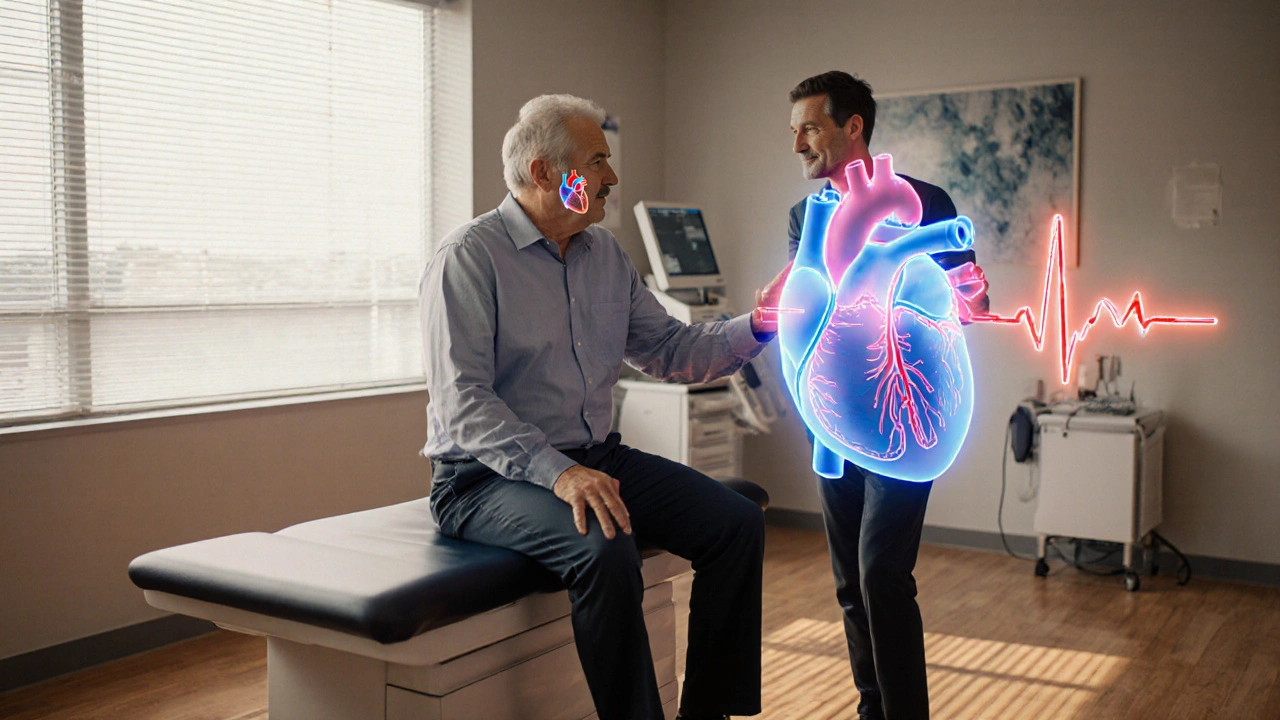Hypertrophic Subaortic Stenosis: Causes, Symptoms, and Treatment Options
When your heart’s left ventricle thickens just below the aortic valve, it can block blood flow out of the heart—that’s Hypertrophic Subaortic Stenosis, a type of obstructive cardiomyopathy where the heart muscle grows abnormally thick, narrowing the path blood must take to leave the heart. Also known as hypertrophic obstructive cardiomyopathy, this condition doesn’t always cause symptoms, but when it does, it can lead to dizziness, chest pain, or even sudden cardiac arrest in young athletes.
This isn’t just about a thickened wall—it’s about how that thickening changes how your heart works. The extra muscle often pushes the mitral valve forward, causing blood to leak backward and creating a loud heart murmur. It’s inherited in many cases, passed down through families with a history of early heart disease or unexplained sudden death. If you’ve been told you have a heart murmur and your doctor suspects this condition, they’ll likely order an echocardiogram to see the exact shape and thickness of your heart muscle. It’s not something you can fix with diet or exercise alone, but it’s manageable with the right treatment plan.
Doctors usually start with beta-blockers, medications that slow your heart rate and reduce the force of contractions, easing the blockage and lowering the risk of arrhythmias. If those don’t work, or if the blockage is severe, a septal myectomy, a surgical procedure that removes part of the thickened muscle to open up the blood flow is the gold standard. There’s also alcohol septal ablation—a less invasive option where alcohol is injected to shrink the overgrown tissue. The goal isn’t to cure it, but to keep you alive and active. Many people live normal lives with this condition once it’s properly managed.
You’ll find posts here that dig into how medications like beta-blockers compare with other heart drugs, how surgery outcomes stack up, and what symptoms to watch for that mean it’s time to see a cardiologist. You’ll also see how this condition connects to other heart issues—like arrhythmias or sudden cardiac death in young people—and what steps families should take if it runs in their bloodline. This isn’t a rare curiosity—it’s a real, treatable condition that affects thousands, often undiagnosed until it’s too late. The information below isn’t theoretical. It’s what doctors use to make decisions every day.
